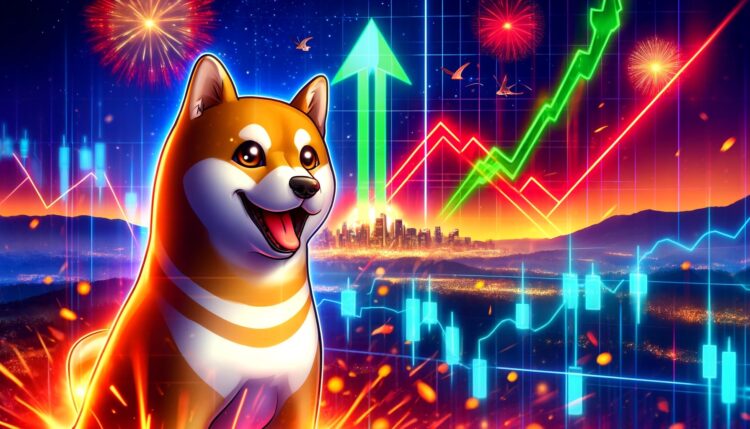Shiba Inu has recently shown a promising uptrend, following significant losses during the second and third quarters of the year. As we move into a new month, the recovery has sparked high expectations for the meme coin, particularly in Q4. Historical data suggests that Shiba Inu’s price could more than double in this period. This article delves into why the expectations for Shiba Inu’s price are high as we approach the last quarter of 2024.
The Most Bullish Month Of The Year For Shiba Inu
According to historical performance, the end of September is set to usher in the most bullish quarter of 2024 for Shiba Inu. October, in particular, has never ended in the red for the meme coin. If this trend continues, Shiba Inu’s price could see substantial gains.
Data from the CryptoRank website reveals that Shiba Inu has experienced an average return of +283.4% in October. This suggests that Shiba Inu’s price could potentially triple by the end of the month. Such a surge would place SHIB around the $0.00006 mark. Additionally, if the recovery persists through the end of the year, Shiba Inu could reach a new all-time high before 2024 concludes.
The last time SHIB ended September in the green was in 2021, which was followed by an 833% increase in October. As 2024 marks the first time in three years that SHIB is ending September positively, a similar trend could propel SHIB to new heights.
Will Q4 End In Green Or Red?
While Q4 has generally been favorable for the crypto market, Shiba Inu’s performance has been mixed after October. According to CryptoRank, average returns for November and December are negative, at -15.9% and -6.12%, respectively. This historical data could indicate a potential downturn for Shiba Inu, suggesting that October might be an ideal time for investors to sell and re-enter the market in December.
However, if the Bitcoin uptrend continues through the end of the year, Shiba Inu’s price could also rise into the new year. Investors should closely monitor market trends and make informed decisions based on both historical data and current market conditions.











